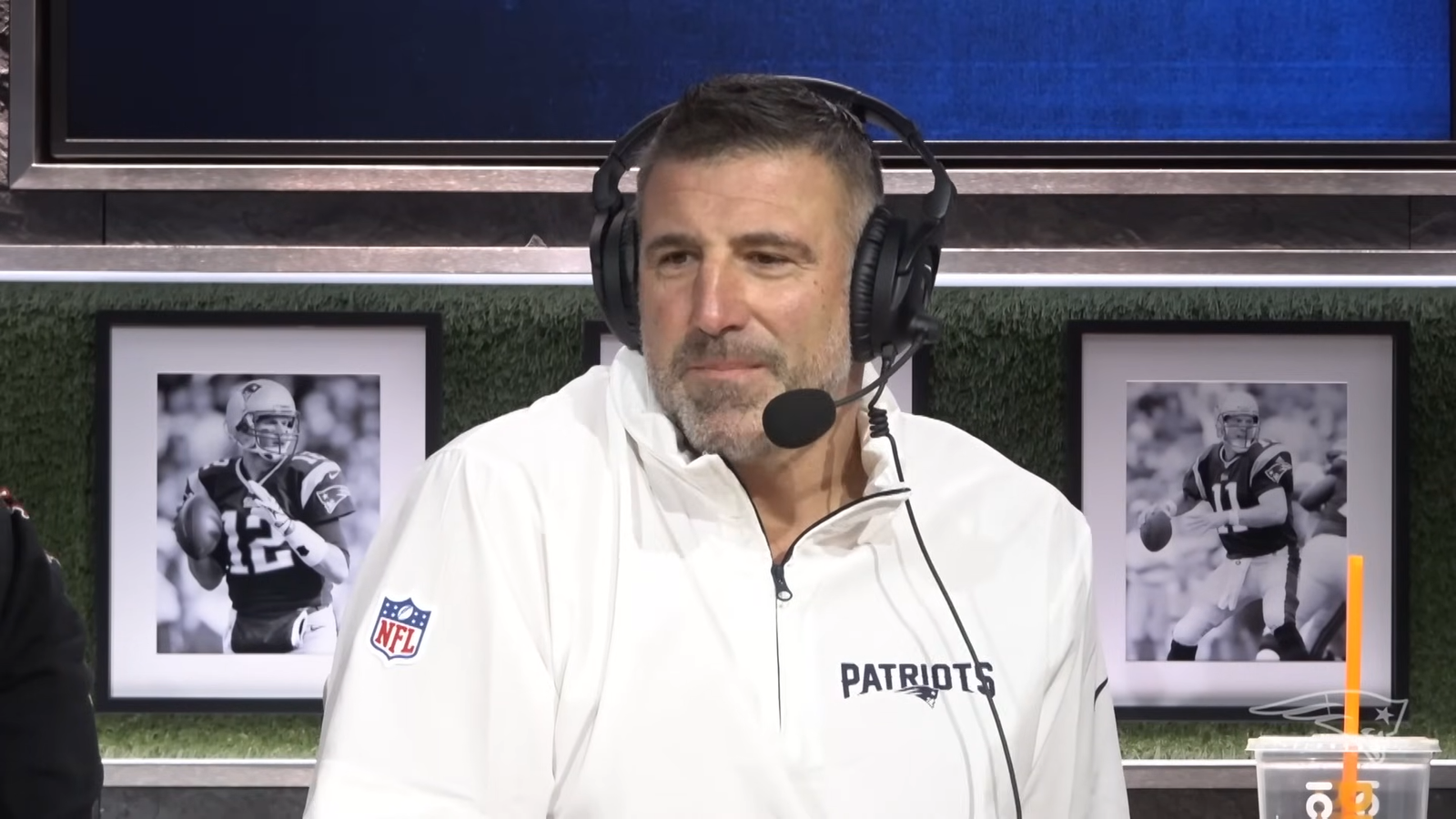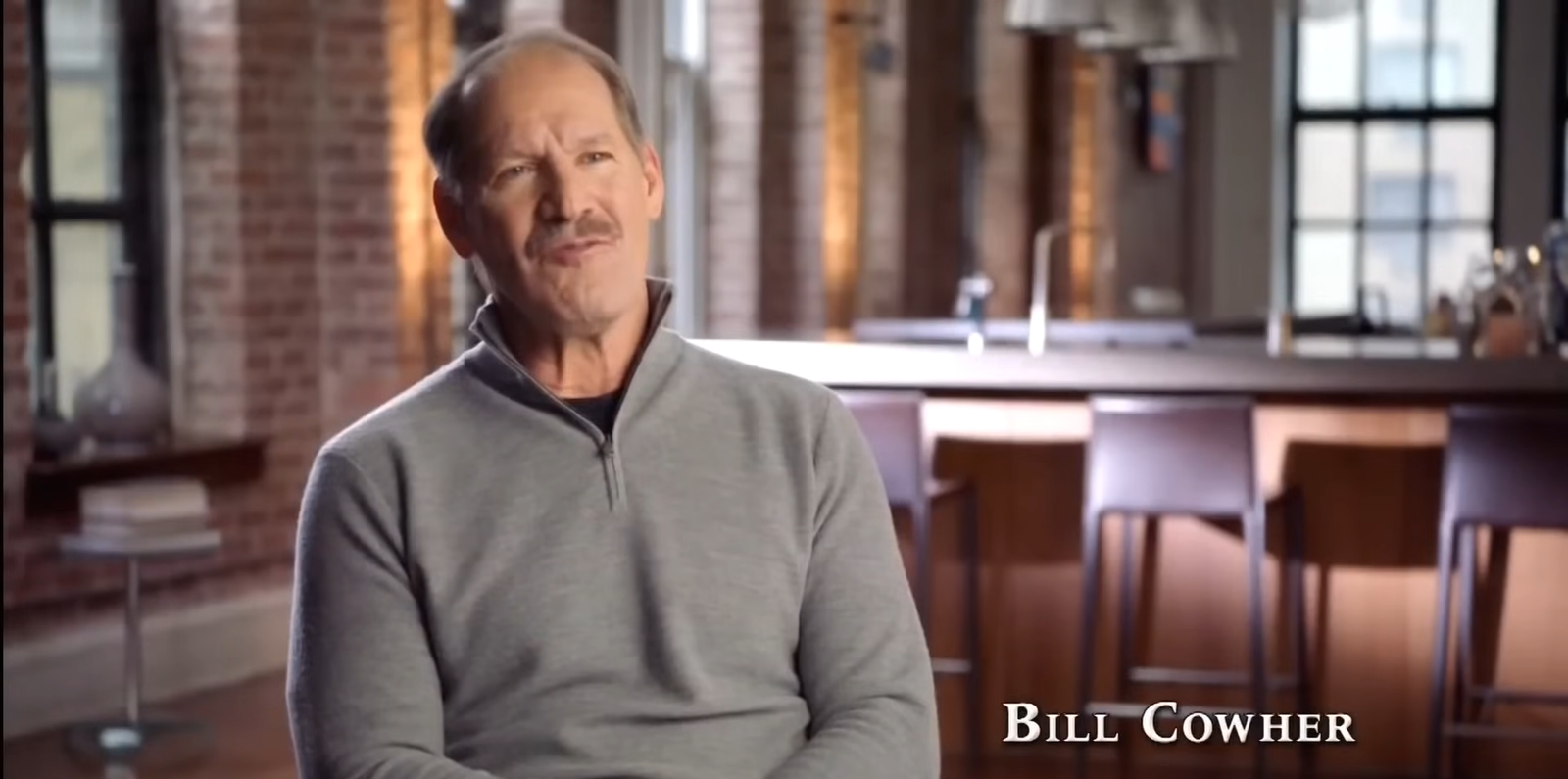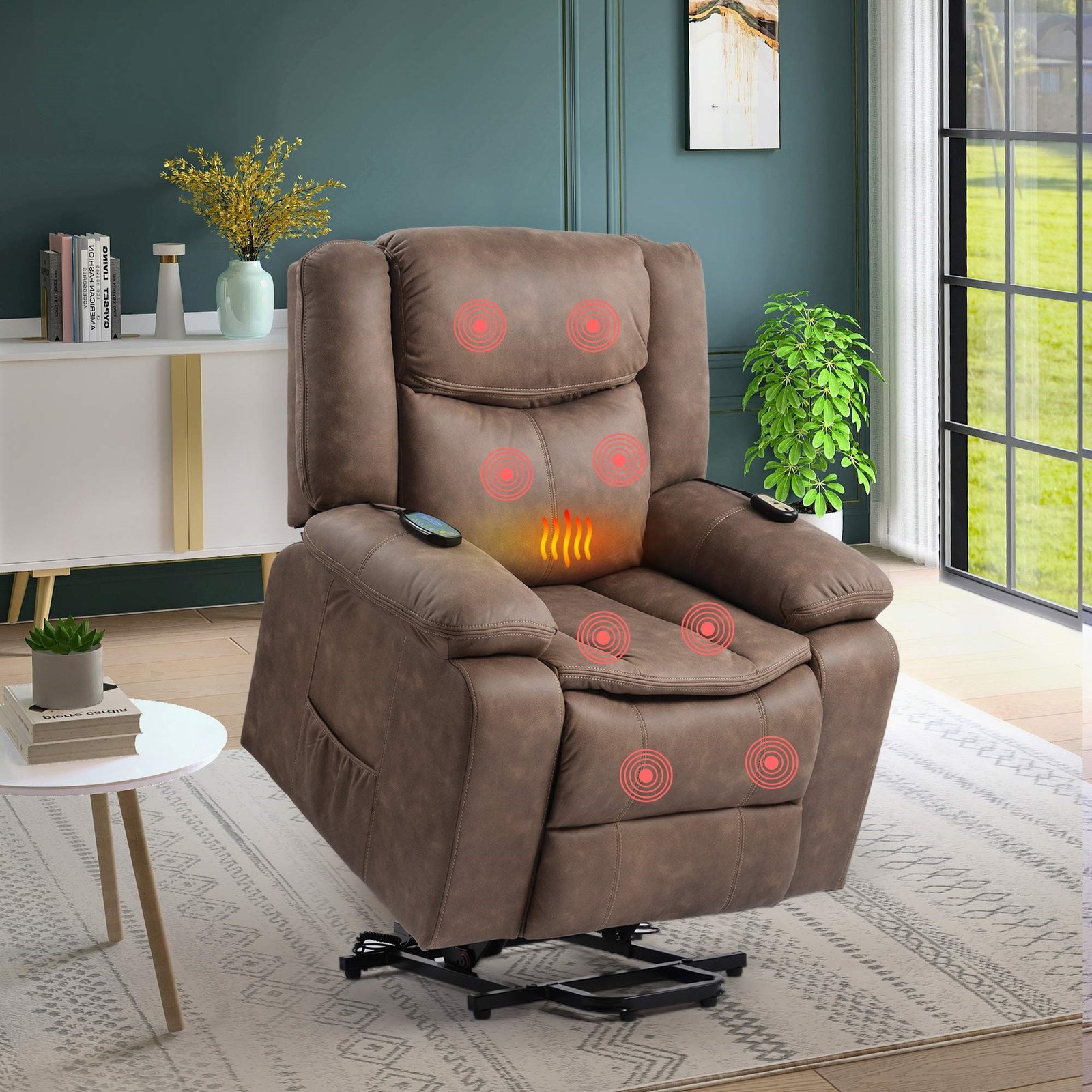How to Find a Good Location for an Outdoor Photoshoot
Finding the perfect location for an outdoor photoshoot can make all the difference in capturing stunning and memorable images. Whether you’re a professional photographer or just taking family or couples photos, selecting the right spot involves more than just picking a pretty backdrop. It requires careful consideration of various factors, including the lighting, scenery, and accessibility. In this guide, we’ll explore how to find a suitable location for an outdoor photoshoot, offer tips for scouting the best spots, and answer some common questions photographers often have.
The Ultimate Guide to Google’s Local Guide Program: Everything You Need to Know
Understanding the Basics of Choosing a Photoshoot Location
-
Public Accessibility
When selecting an outdoor photoshoot location, it’s essential to choose a place that is publicly accessible. This means you won’t have to worry about trespassing or needing special permits. Public parks, beaches, and botanical gardens are excellent options. They not only offer beautiful scenery but also allow for a variety of backdrops, from lush greenery to expansive skies.
-
Beautiful Backdrops and Natural Scenery
The backdrop is a crucial element in any photo shoot. Look for locations that provide natural beauty, such as forests, lakesides, or fields of wildflowers. These areas offer a range of textures and colours that can enhance the composition of your photos. Additionally, consider how the background complements the subjects of the images. For example, an open field might be perfect for a couple’s shoot, while a wooded area might be better suited for family photos.
-
Lighting Considerations
Natural light is one of the most critical factors in outdoor photography. The position of the sun can dramatically affect the outcome of your photos. Aim to shoot during the golden hour, the hour after sunrise or before sunset. The light is soft and warm during this time, creating flattering shadows and highlights. Make sure to visit the location while you plan to shoot to observe how the light interacts with the environment.
-
Open Sky and Weather Conditions
An open sky can provide a dramatic and expansive backdrop for your photos. However, it’s also essential to consider the weather. Overcast days can produce soft, diffused light, ideal for portraits, while clear days offer bright, direct sunlight. Be prepared to adjust your plans based on the weather forecast, and consider having a backup location in case conditions change unexpectedly.
Tips for Scouting and Finding Photoshoot Locations
-
Use Photography Location Apps
Several apps can help you discover and track potential photoshoot locations. Apps like ShotHotspot, Google Earth, and PhotoPills allow you to search for popular spots, view images taken by other photographers, and plan your shoot based on the sun’s position. These tools can be invaluable for finding new and unique locations you may not have considered otherwise.
-
Explore Local Parks and Nature Reserves
Local parks and nature reserves are often overlooked but can offer stunning settings for outdoor photoshoots. Take the time to explore these areas, paying attention to unique features like walking trails, ponds, or large trees that could serve as interesting focal points in your photos. Don’t be afraid to venture off the beaten path to find hidden gems.
-
Consider Urban Settings for a Different Vibe
While natural settings are famous for outdoor photoshoots, urban locations can also provide dynamic backdrops. Think about cityscapes, graffiti walls, and architectural landmarks. These spots can add a modern and edgy feel to your photos, making them stand out. Just check for any restrictions or permissions required for shooting in these areas.
-
Ask Locals for Recommendations
If you’re new to an area or looking for fresh ideas, don’t hesitate to ask locals for recommendations. People who live in the area often know about hidden spots that aren’t well-known to tourists. Engaging with local communities online or in person can lead to discovering fantastic locations that might not be on any map.
-
Use Social Media for Inspiration
Platforms like Instagram and Pinterest are excellent resources for finding photoshoot locations. Search for hashtags related to your area, such as #YourCityPhotography or #YourStateNature, to see where others have taken their photos. You can also follow local photographers and influencers who often share their favourite shooting spots.
Questions About Finding Photoshoot Locations
- How Do I Find the Perfect Location for a Photoshoot?
Finding the perfect location involves research, scouting, and creativity. Start by considering the photos you want to take and what kind of backdrop will enhance them. Use apps, social media, and local recommendations to explore potential spots, and visit the location ahead of time to assess its suitability.
- How Do I Choose a Photo Location?
When choosing a photo location, consider accessibility, lighting, and the overall aesthetic. Consider whether the location aligns with the theme or mood of your photos and if it offers a variety of backgrounds to keep the shoot enjoyable. Always have a plan B if your first choice doesn’t work out due to weather or other unforeseen circumstances.
- How Can I Find the Exact Location of a Picture?
If you’ve seen a picture taken at a location you’d like to use, you can often find the exact spot using reverse image search tools like Google Images or Tineye. These tools allow you to upload the image and find similar pictures online, often leading to the location. Additionally, many photos on social media include geotags, which can help you pinpoint the location.
- How Do I Make a Good Location for Photos?
Creating a good location for photos involves careful planning and attention to detail. Choose a spot with a clean and uncluttered background, and consider bringing props or additional lighting to enhance the scene. Pay attention to the time of day and weather conditions, as these will impact the quality of your photos.
- How Do I Set the Location on My Photos?
If you want to add location data to your photos, many cameras and smartphones have built-in GPS features that automatically tag your photos with the location. Alternatively, you can manually add location information using photo editing software or apps like Adobe Lightroom or Google Photos.
- How Do I Ask for the Location of a Picture?
When asking for the location of a picture, be polite and specific. If you’re contacting the photographer, explain why you’re interested in the area and how you plan to use it. Most photographers are happy to share this information, especially if you credit them for the inspiration.
- How can I ensure that my chosen location will be available when I want to shoot?
A: It’s a good idea to visit the location in advance to check for potential issues, such as construction or events. Also, consider contacting local authorities or park services to confirm availability.
- What should I do if the weather changes unexpectedly?
A: Always have a backup location in mind, preferably sheltered or indoors. Additionally, you can use the changing weather to your advantage by capturing unique shots incorporating elements like rain or fog.
- Is it okay to take photos in private property areas?
A: Always seek permission before taking photos on private property. If you’re unsure whether an area is private, it’s best to err on the side of caution and choose a different location.
Final Thoughts
Finding the ideal location for an outdoor photoshoot is essential to the creative process. By considering factors like accessibility, lighting, and scenery, you can select a spot that enhances your photos and makes the shoot enjoyable and stress-free. Remember to use the tools and resources available, such as apps and social media, to discover new locations and always be prepared to adapt to changing conditions.






